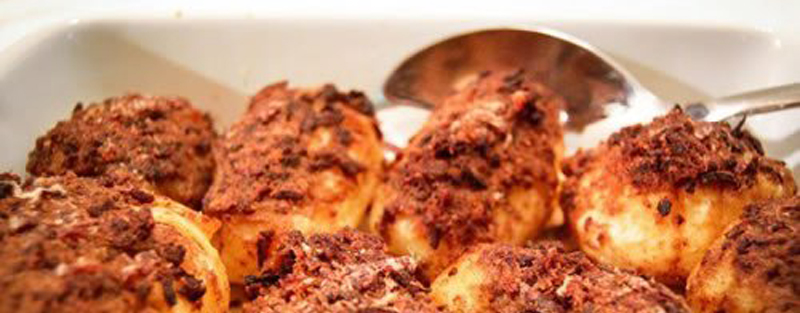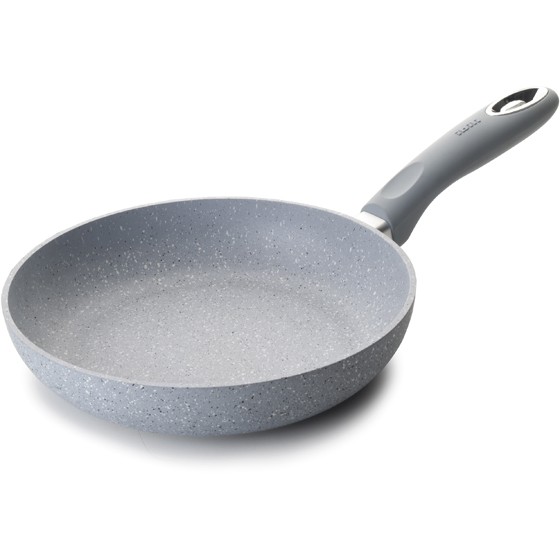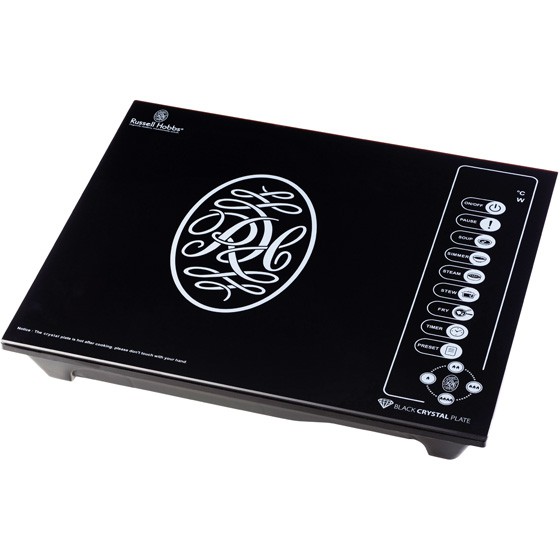
Depending on who you talk to, this futuristic way of cooking can be very complicated or explained very simply… let’s try to make this easy!
In order to cook food, a heat source is required such as an oven, cooktop or even a wood fire. Cooktops have evolved over the years and the newer ones now offer “induction” cooktops.
Induction cooktops use an electromagnetic field to heat up a pan or pot. Heat is transferred through metal properties of both the cooktop and the cooking vessel while leaving the cooking surface cool to the touch. And contrary to an oven or traditional element, they do not heat the air around the cooktop… great news during those hot summer days. Induction ranges are also much safer and more energy efficient than either gas or electric ranges… and this is great news for your budge too. Although it seems complicated, here are the basic facts on induction cooking:
- An induction cooktop always stays cool to the hand, thus being the safest cooktop to have in the kitchen, especially with small children.
- For the induction cooktop to work, you need cooking vessels that are “induction ready”. Cookware pieces typically have a special steel disk that reacts with the induction cooktop and when in contact, generates heat to the cooking vessel itself. So how do you know if your cookware is induction friendly? As a general rule, aluminium, glass or ceramic won’t work on an induction cooktop. Cookware that is made of ferrous metals like stainless steel or cast iron , whether it has an enamel exterior or not, and is perfectly adapted to work on induction plates. To test your cookware, use a magnet- if it sticks to your pots and pans, they are induction friendly!
- More and more companies offer cooking vessels that are induction friendly. Tops brands known for their quality and affordability like Snappy Chef, Ibili, and Legend, are worth checking out if you’re looking to invest in great induction friendly cookware.
- It’s much more energy efficient because less energy is wasted by heating up the air around the pot. As an example, when using a traditional cooktop , only 40% of the heat is transferred to the cookware, the other 60% being wasted into the air. With an induction cooktop, you’re looking at up to 96% heat transfer.
- Because the surface does not heat up unless a cookware vessel touches it, when your sauces spill, they don’t cook on the cooktop, making it much easier to clean.
- Food heats up much quicker as no heat is wasted, and boiling water takes half the time. You can test this by putting ice in a saucepan- it’ll boil in less than two minutes!
- One downfall of induction cooking: people with pacemakers should not use them because of the electromagnetic fields created.
No need to be a physics specialist or scientist to cook with induction, it’s accessible to all, ready to try?
Roast Potatoes With Biltong

- Ingredients
- 5
- Total Time
- 80
- Mins
Ingredients:
Servings: 4
- 10 medium size potatoes
- 150ml cooking oil
- 100g butter
- 1 x 55g packet brown onion soup packet
- 100g grated or powdered biltong
Preparation
PREP TIME: 20 Minutes
COOK TIME: 1 Hour
TOTAL TIME: 80 Minutes
- Preheat oven to 180C.
- Peel potatoes and par boil for 20 minutes, or until half cooked. While they’re boiling, melt butter and mix with oil and brown onion soup powder. Mix in half the grated biltong, and set the other half aside.
- Grease 15×30 cm glass or Pyrex baking dish. Place par-boiled potatoes inside. Score whole par-boiled potato with a sharp blade to 2/3rds deep, 1cm apart. Baste generously with biltong and oil mixture, and place in the oven for 1 hour, or until outsides are golden brown and crispy. Take out half way through and re-baste, if desired.
- Serve with remaining grated biltong sprinkled over. It’s highly unlikely that you’ll ever want to do them another way again.



